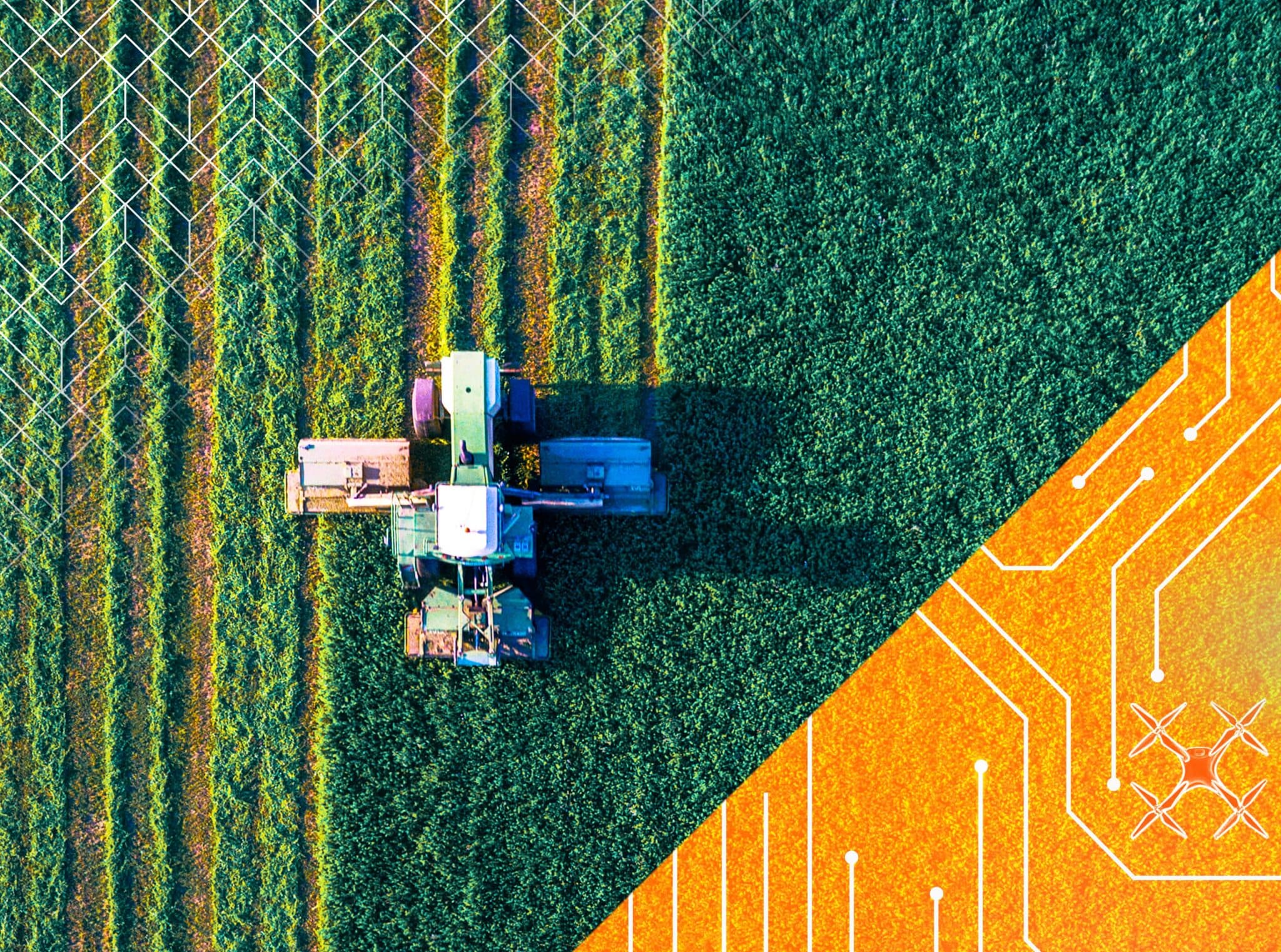Diving into the world of viral misinformation, the AgriFutures Australia report Future forces: a ten-year horizon for Australian agriculture, authored by AgThentic Advisory and Institute for the Future, explores what it means for Australian food and fibre, challenging rural industries to consider the implications and what can be done today, to be ready for tomorrow.
Let the digital food fight begin
Imagine… a future food brand manager scrambles to manage their brand and supply chain relations when a viral disinformation attack threatens their products reputation.
Radical videos on YouTube, coordinated social media campaigns, paid opinion pieces on popular streaming sites; it’s guerrilla marketing at its best, being used to undermine and undervalue the brand and products.
While there is a level of familiarity with these tactics, and level of control, what’s on the horizon is a different story. Deepfakes (photos and video manipulated with artificial intelligence to create nearly undetectable fake media), conversational AI like GPT-3 (a neural network that can write and converse indistinguishably from a human) and cheap, accessible botnets (systems of software applications that run automated tasks on the internet) that can manipulate online discussions, will all contribute to a future where the average person won’t be able to verify information for themselves.
In the context of agriculture, food issues such as food safety and reliability are ripe for the picking when it comes to the spread of misinformation. Unfortunately, the statistics paint a grim reality, with the 2020 Edelman Trust Barometer finding 66% of people are worried that technology will make it impossible to know if what people are seeing or hearing is real.
Rallying the industry and consumer response
How an industry responds in a misinformation crisis will need to be front and centre of any future business strategy. Co-Founder and Co-CEO of Alpha Food Labs and Founder of The Future Market, Mike Lee, believes the food system can learn from experiences in the finance sector.
“The GameStop and WallStreetBet fiasco is a case study in how quickly information can move online and turn into action that can dramatically impact companies and individuals,” said Mr Lee.
But what does the story of a troubled retail video game store stock and a band of amateur day traders finding fast riches have to do with the food system? Imagine if instead of day traders focussing their contempt on a multi-billion-dollar hedge fund, they were tech savvy food consumers unhappy with a food company’s approach to an environmental issue, such as food waste or water pollution. The results could be just as detrimental.
“The use of digital technologies could just as easily be used in this situation to spread false or fabricated information and lead to the unjustified unravelling of that food company. The snowball effect makes it increasingly difficult for consumers to stop and consider the truth of what is being communicated,” explained Mr Lee.











